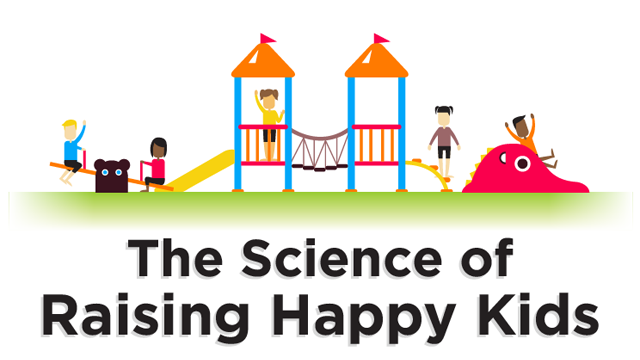 In the digital age, big data systems are fast becoming a critical component of many companies’ information architecture.
In the digital age, big data systems are fast becoming a critical component of many companies’ information architecture.
Useful across all industries and helpful for a variety of purposes, big data systems provide neatly organised, real-time mass information embedded with an easy-to-use search interface.
Whether you’re a retailer looking to understand why your customers make the purchasing decisions they do, a marketer who wants to know which channels are reaping the best return on investment, or a financial professional wanting more accurate information for risk judgement purposes, harnessing big data could really transform your business.
In this blog post, we’ll take a look at how your business can build a big data system and start reaping the benefits of the information revolution.
Acquisition is key
As the first point in your big data system, the moment information starts to enter the pipeline should be as well designed as possible.
If you are using a data feed to get your information in, it’s wise to use the correct parser – a piece of software that splits your data up and structures it in a way that makes it easier to organise.
Choose your parser wisely. If you’re using the common XML format for your data, going for a parser such as JDOM or SAX is a good move. However, for the CSV format (commonly used in databases or spreadsheets), you may need to look into other options.
Planning ahead is also wise. Taking some time to sift the information you have and removing invalid data at this stage saves unnecessary processing work later, and means any conclusions you reach from your datasets will be accurate for the majority of the process.
Store it safely
Many big data systems are stored in a database format of one variety or another. However, the number of databases available on the market is large and the choice can feel overwhelming.
The most important consideration here is what capabilities you need. Some databases are designed to allow you to add more information quickly and easily, which is ideal if you work in a fast-moving environment and rely heavily on up-to-date information.
Other databases, however, might be slower to update with new information but better at analysing trends over time. If you are using your big data for longer-term market research purposes rather than relying heavily on it for day-to-day decision-making, then it would be wiser to choose an analysis-friendly database.
It’s also a good idea to look into the partitioning options available when selecting databases. If your database has a simple-to-use horizontal partitioning function, you may find that the index size is lower and it’s easier to find the information you’re looking for.
Data protection is important here, too – especially if you’re handling private files, such as strategic or financial client data, or you work in an industry where you see lots of sensitive information, such as healthcare or education.
Ask for help
If this all sounds too complicated, a sensible move might be to get some external help. In-house data scientists and engineers can be expensive, so hiring an IT contractor who can set up and manage your big data system for you is often a more cost-effective option.
In this situation, working with a PAYE umbrella company can be beneficial as they will act as an intermediary to help you manage your contractor’s paperwork and tax obligations.
All about the process
Data processing is the procedure your big data system will use to classify and analyse your information, so it’s important to design it well.
It’s likely that every now and then you might need to reprocess the same set of data. Say, for example, you want to see the impact that stocking three brands of a certain product had, but then someone on your team remembers that you also stocked a fourth variety, and you want to include that in the comparison as well.
In that case, a processing system that takes a long time to stop once it has been executed might not be ideal.
The processing system should be designed in such a way that the eventual output reflects the original need for data. If management makes business decisions based on how many customers cancel subscriptions per month, for example, ensure that what the system churns out after processing is stored in chunks reflecting monthly timeframes.
Big data systems can seem complicated, but by planning ahead and researching the acquisition, storage and processing options most appropriate to your business, you too can harness the benefits of a large, organised information system.
The post Building A Big Data System appeared first on Big Data Analytics News.
 e utilizar y qué puede hacer durante este tiempo.
e utilizar y qué puede hacer durante este tiempo.







